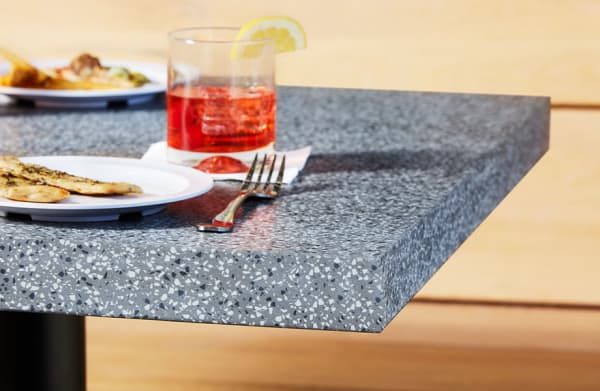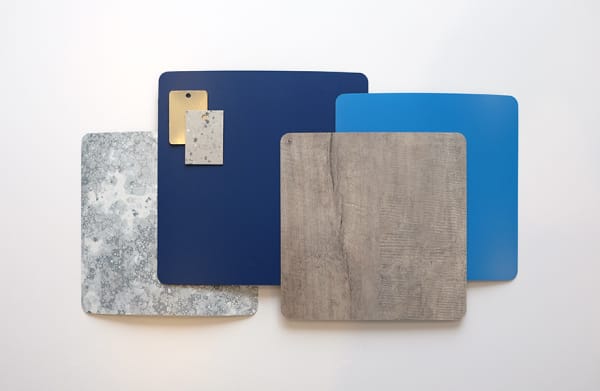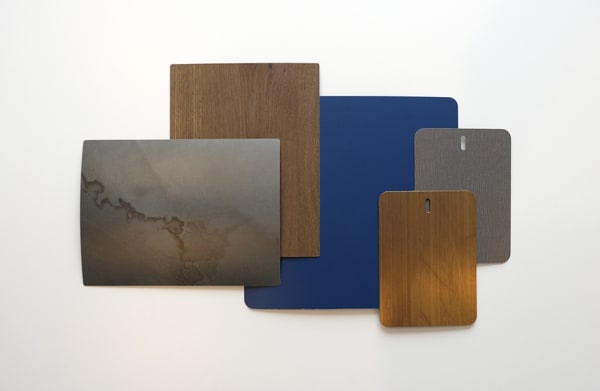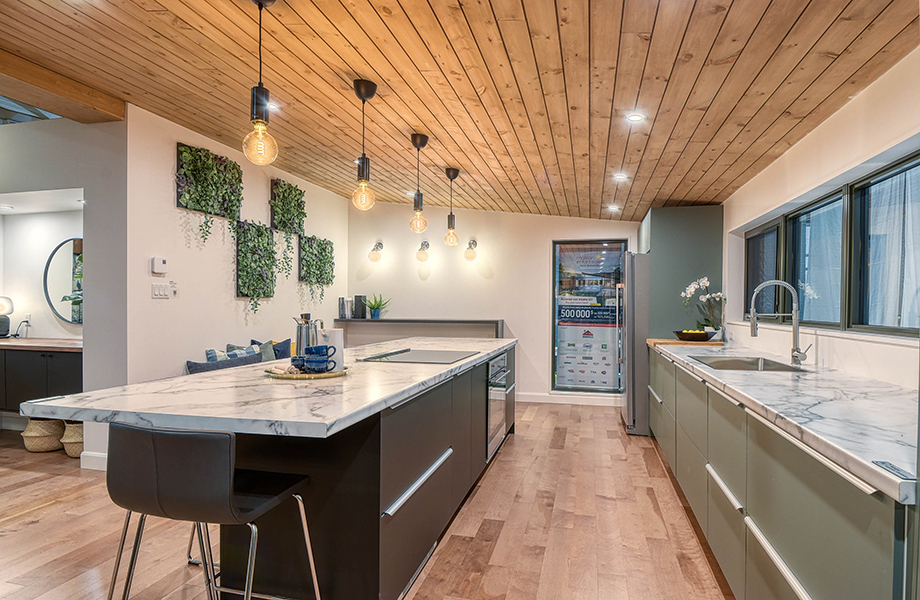‘Ease of maintenance, sleekness, and modernity.’
That’s the brand promise Formica has made for over a century. And after years of quality service, there is no doubt why Formica Group® is the worldwide leader of surfacing solutions for commercial and residential customers. Ironically though, the company built for designers was in need of a website redesign. But a redo was about more than just aesthetics, it was about solving real business issues that Formica – and its buyers – were having. Finding those problems required … search.

Photo courtesy of Formica.
While Formica could be found easily with a quick Google search, once inside the Formica website, searching was, well, unsearchable. Amy Gath, VP marketing, Formica, recalls how the influx of calls and complaints to customer service and sales told them they had “a real site problem.”
Since search was (and still is) the most utilized aspect of the site, in 2019 Formica turned to Coveo, a leader in AI-powered search and recommendation tools to deliver more relevant results.
And while search did improve, search log analysis alerted Gath’s team to a new – and even bigger issue. Conversions just weren’t happening. To address that, it would require a complete overhaul of the web presence. But where to start?
The game plan was hidden in the search logs.
Assessing the Gap
- 450,000 SKUs
- 28 countries
- 65% of professional customers used the search function
- 40% experienced problems
- 12.8% conversion rate
Formica boasts 450,000 sales keeping units, although not all of its inventory is available in each country. In analyzing all the queries, they discovered a number of problems. The biggest was that people were not finding the results they wanted. Only a dismal 12.8% of searches converted to click through. Why were people not able to find what they were looking for?
Despite the massive amount of SKUs, not all are available in every location. Buyers often were confronted with the dreaded “null” (no results) found. Searches performed in the wrong region accounted for a large percentage for these content gaps. There was no way to find “something similar” in their own region.

Photo courtesy of Formica.
Another anomaly they found was that there were numerous 5-digit searches – yet there were no 5-digit SKUs. People were putting zip codes in the search bar – which wasn’t tied to the store locator.
Some people knew exactly what they were looking for, while others couldn’t figure out how to navigate the close to half a million colors, patterns, and textures Formica provided.
By looking at the types of queries people were making and converting, or making and then leaving out of frustration, marketing discovered a real opportunity. What if they could reverse search abandons – and actually get more people to download swatches?
[Search was] a fantastic starting point for creating the new site.
— Amy Gath
Aligning People, Process and the Technology
Figuring out the site problem was step one. But step two was aligning all the forces internally. It was important to “get the people part and the process part lined up,” says Gath.
The site initially had been designed to communicate with residential customers. However commercial buyers – including architects, interior designers and contractors – had become the main users of the site. This meant bringing new stakeholders into the process.
Our consumers gave us very clear signals that we needed a new website.
— Amy Gath
Marketing worked across three major business units to set up processes that would finally give customers the information they sought. Once identified and planned out – the team was then prepared to work with Coveo and design team Horizontal Digital.
In addition to a complete design overhaul – which now included paths for commercial and residential buyers – machine learning was incorporated. Two modules, in particular, proved to be highly successful.
Machine Learning for Query Suggestions
The first model implemented was the Query Suggestions model, which auto-populates the search bar based on previous similar successful searches.
“By measuring the click-through rates on searches that use the suggestions versus those that ignore the suggestion, we found that users are 17.8% more likely to click through when using the automated suggested term,” says Gath.

Photo courtesy of Formica.
Automatic Relevance Tuning
The second model used on the new site is the automatic relevance turning model, which promotes useful results to the top of the search results list, based on similar user behavior.
“We measured the success of this model by tracking the average position of results that were clicked,” explains Gath. “Our benchmark has been to deliver a relevant result within the top three that populate. The average position since implementing this model has been a very successful – 2.4 – proving that the relevant content is being served up in the top three results for searches.
Where to Buy
The where to buy problem was addressed by some layout changes and building in functionality to have the Where to Buy Tool appear as the first result when someone performs a five-digit search.
Searching Begets … More Browsing
Once the new site was completed, results were immediate. “It was truly amazing. Our conversion rates of sample orders are up: high double digits and swatch downloads are up triple digits,” says Gath.
Further, engagement was up. And not because people were struggling to find things. It was up because they are engaging with more content. “And then that leads to more sample orders, more swatched downloads,” she explains.
“We implemented Coveo on our old site as a way to help us understand content gaps and places where our consumers were struggling,” explains Gath. “It was a fantastic tool, not only for helping with the site, but also for building a body of research that pointed us to upgrades and changes and optimizations that we needed to make in our new site.”
Best part? Telling the CEO and executive team that they were going to do things to help drive the business. And then doing it.
Dig Deeper
If you want to learn more about what Amy accomplished, listen to the full story. And to hear from other Relevance leaders changing the service landscape, be sure to dive into our Relevance 360 session recordings.


